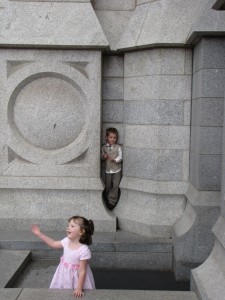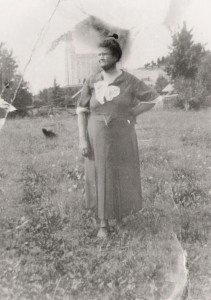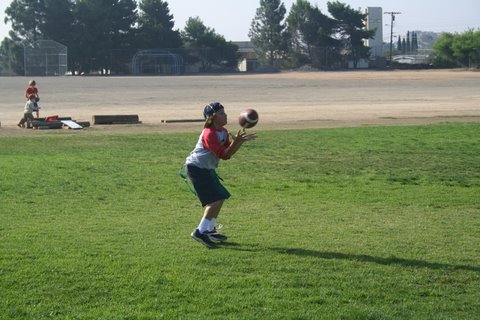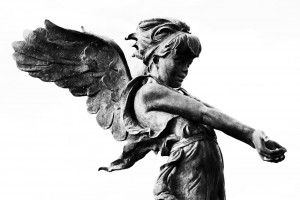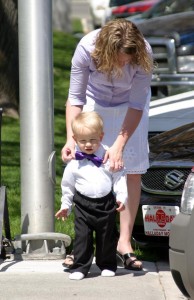
What are the scriptures for? How should we use them? How do we use them? “Proof-texting” is a procedure that begins by assuming we know the doctrines and then searches through the scriptures to find something to back up the belief. Because it begins with what we assume we know rather from what the scriptures teach, proof-texting always runs the danger of “wresting” the scriptures. Jesus accuses the Jews of wresting the scriptures by proof-texting in John 5:39. See also 2 Peter 3:16, Alma 13:20, and D&C 10:63. “Wrest” is the word from which the modern word “wrestle” comes, and it means “to twist or wrench; to pull violently.” How do we avoid wresting the scriptures? Read 2 Nephi 25:1. Why didn’t Nephi’s people understand Isaiah? According to Nephi, why do we find the Isaiah difficult? Why do we find the rest of the Old Testament difficult? What does Nephi say is necessary to understanding Isaiah (2 Nephi 25:4)? How might that apply to the Old Testament as a whole. What is the spirit of prophecy? The phrase occurs in the Bible only once, in Revelation 19:10. But it is a very popular phrase with Book of Mormon writers: Jacob 4:6; Alma 3:27, 4:13, 5:47, 6:8, 9:21, 10:12, 12:7, 13:26, 16:5, 17:3, 25:16, 37:15, and 43:2; and Helaman 4:12-23. (It also occurs in D&C 11:25 and 131:5; and in Joseph Smith History 1:73, Footnote 4.) How would the spirit of…
Read more →













